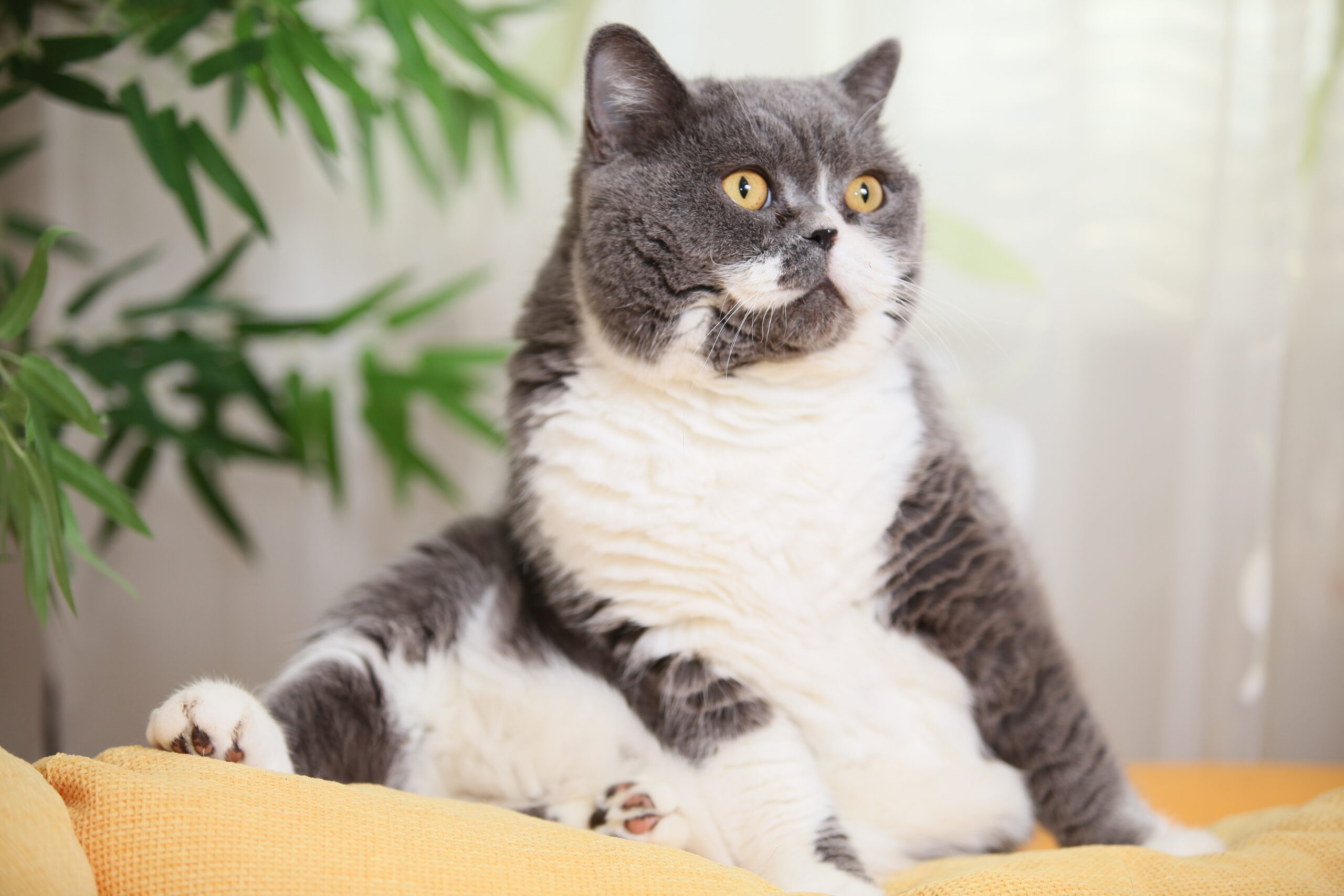Hypertension in cats: what is it and what does it mean?

What is hypertension?
“Hypertension” is the medical term for high blood pressure. The heart pumps blood around the body through arteries, to provide the muscles and organs with a supply of oxygen and nutrients. As the blood flows, it pushes on the walls of these vessels. The strength with which the blood “pushes” against the walls can be measured as blood pressure.
High blood pressure can be classified as “idiopathic hypertension”, when no underlying cause for the increase in blood pressure can be found, or “secondary hypertension”, when the increase in blood pressure is related to a disease process within the body.
What causes hypertension in cats?
As with humans, a high blood pressure is more common as a cat gets older. In the majority of cats, high blood pressure is associated with another illness within the body, (so called “secondary hypertension”). Chronic kidney disease is one of the main culprits for raised blood pressure, but other diseases, such as heart disease and an overactive thyroid gland (hyperthyroidism), can also cause it.
Why does it matter if a cat has hypertension?
Having a high blood pressure is extremely damaging to the body. The higher the blood pressure, the more force the blood is exerting on the walls of the arteries and the more damage that is caused. The most sensitive organs to blood pressure are the eyes, brain, heart and the kidneys. High blood pressure can cause blindness, dementia, seizures (fits), heart disease and a deterioration in kidney function. It is therefore important that blood pressure is routinely monitored.
How can you recognise hypertension in your cat?
Unfortunately, in the early stages of hypertension, there are often no clinical symptoms. However, there may be symptoms associated with an underlying cause of the high blood pressure. Cats with kidney disease might be drinking more, vomiting and seem ‘out of sorts’. Cats with an overactive thyroid gland may be losing weight despite having a normal or increased appetite, vocalising at night time, have diarrhoea and vomiting, and appear restless. If you notice any of the above symptoms in your cat, please book in to see one of our veterinary surgeons.
If an increase in blood pressure is left unnoticed, the cat may go suddenly blind. The pupils, (the black part of the eyes), will appear very large, the cat may start to bump into things and you may notice some blood in the front part of the eye. These cats require immediate veterinary care, so if you notice these symptoms in your cat, please ring in to book an urgent appointment.
As you can see, it is often very difficult to notice hypertension in your cat at home, which is why veterinary health checks which include blood pressure are so important. As the disease is more common in older cats, we recommend blood pressure measurements and eye examinations as part of your cat’s routine health check once they are over 7 years old.
How is blood pressure measured in a cat?
Taking a cat’s blood pressure is quite similar to humans, however due to their small size, we use specialist veterinary equipment. In cats, an inflatable cuff is placed on either the front limb or the base of the tail and the blood pressure reading is taken. This is a painless procedure and takes just a few minutes to perform each reading.
Like us, cats can experience the “white coat effect”, whereby their blood pressure increases due to stress and even just a glimpse of a thermometer! To avoid this, we measure blood pressure in a calm and quiet room and take multiple measurements in order to gain an average reading. Sometimes we may ask you to come back to the clinic another day so that your cat can acclimatise to the room and relax before the veterinary surgeon or nurse takes the readings.
In a cat with high blood pressure, the veterinary surgeon may recommend blood and urine tests to check for any underlying illnesses that could be causing the hypertension and which need to be addressed.
How is hypertension in cats treated?
Oral medications are used to lower blood pressure to normal levels. Currently there are two licensed treatments available: amlodipine tablets and telmisartan liquid. Any underlying diseases found that may be causing secondary hypertension will be treated as appropriate.
Routine blood pressure measurements are required to ensure the correct dosage and frequency of medication are given in order to stabilise and maintain the blood pressure within the normal range.
What is the prognosis for hypertension in cats?
In cats in which blindness has occurred due to hypertension, (a medical emergency), a return of vision may occur if the problem is promptly diagnosed and treated immediately.
If an underlying cause for the hypertension is found, such as heart, kidney or thyroid disease, these conditions must be managed in order to help to control blood pressure and ensure long term success of the treatment.








